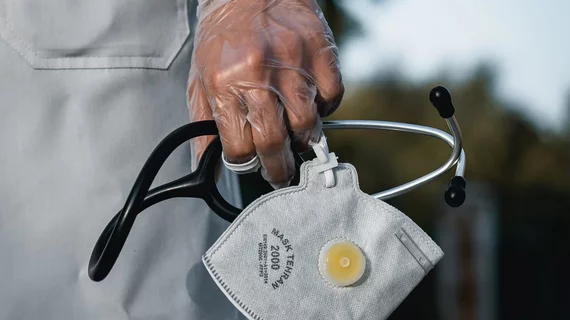Cardiology’s revenue down 57% in March, 73% in April
Cardiology has seen its revenue and utilization take significant hits as a result of the COVID-19 pandemic, according to a new report from Fair Health.
From March 2019 to March 2020, the specialty experienced an estimated drop in revenue of 57%. The drop in utilization for that same time period was 62%. From April 2019 to April 2020, the differences were even more drastic: revenue fell 73% and utilization fell 71%.
The report also looked closely at cardiology’s most common procedures during the first four months of 2020. A standard 12-lead electrocardiogram with an interpretation and report remained in the No. 1 or No. 2 spot in terms of utilization for all four months, alternating with a 25-minute outpatient visit.
The nonprofit organization also assessed how COVID-19 has affected healthcare providers as a whole. Overall, Fair Health estimates that healthcare providers have seen revenue drop 48% and utilization drop 68%. In the Northeast, the drops in revenue (79%) and utilization (80%) were particularly sharp.
“As with past studies in our COVID-19 series, we again use FAIR Health’s vast data repository to illuminate the impact of the pandemic,” Fair Health President Robin Gelburd said in a statement. “We hope this report will be useful to stakeholders throughout the healthcare sector, including providers, payors, policy makers and researchers.”
“Healthcare Professionals and the Impact of COVID-19,” Fair Health’s third COVID-focused report, is available here in full.

